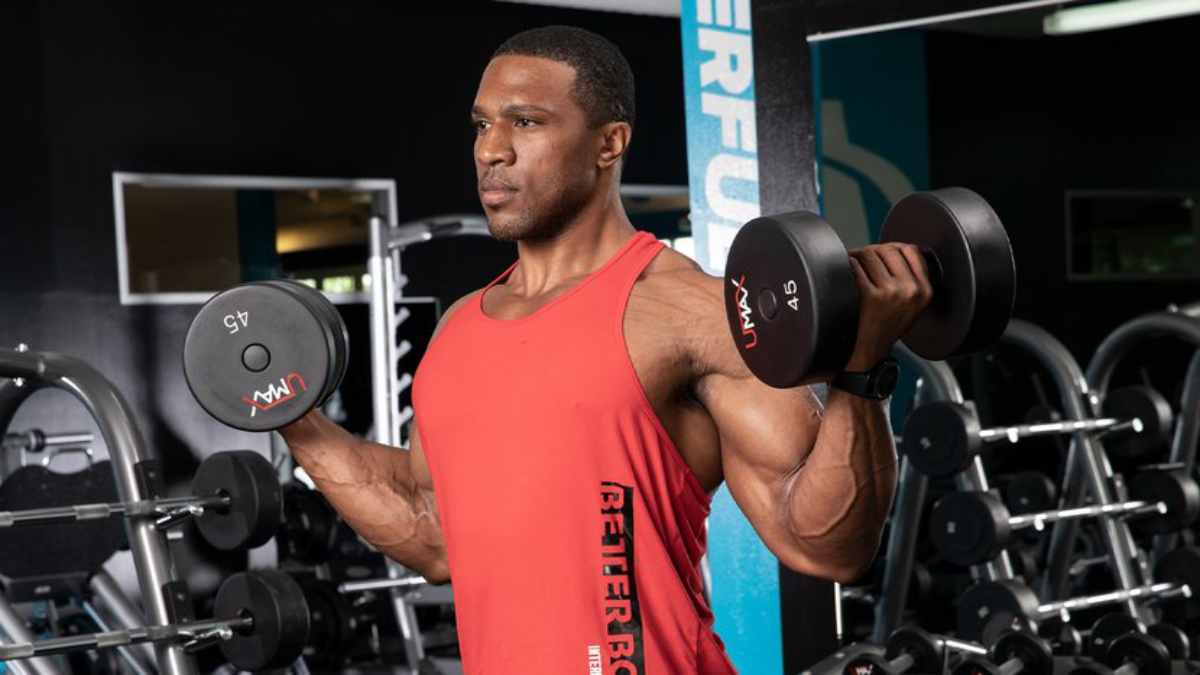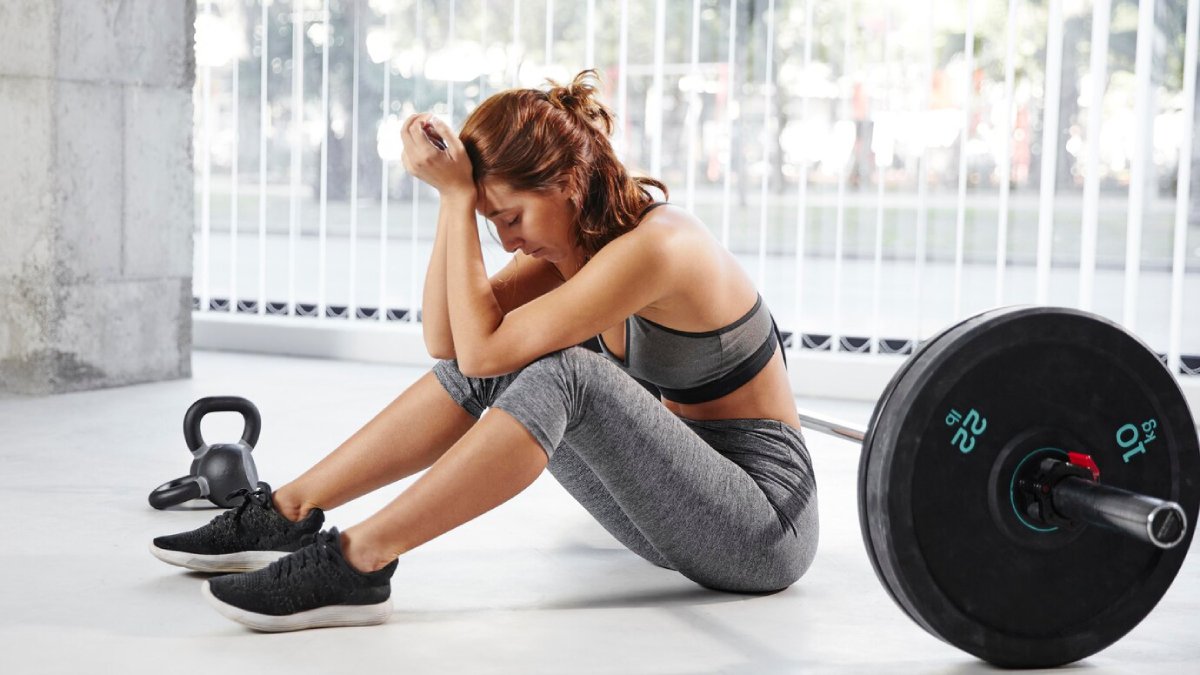
How to Use Drop Sets for Maximum Muscle Growth
Such methods have proven helpful to athletes and fitness fans. An advanced variation is the drop set. It increases the intensity of workouts, aids muscle growth, and allows for breaking through plateaus.
In this guide, we’ll cover drop sets, their benefits, and how to use them to maximise muscle growth.
Key Benefits of Drop Set Training
Enhancing Workout Intensity
Drop sets raise workout intensity. You push past muscle failure by reducing weight after reaching it. This allows you to keep going, increasing time under tension, which is crucial for muscle growth.
Promoting Hypertrophy
Hypertrophy means muscle fiber growth. Drop sets boost hypertrophy by maximising time under tension and metabolic stress—two key factors in muscle development.
Time Efficiency
Drop sets are a great way to get muscle stimulation in less time for those with busy schedules. Instead of multiple standard sets, drop sets give a high-volume workout in a shorter session.
Overcoming Plateaus
If you hit a growth plateau, drop sets can help. The added fatigue forces muscles to adapt, leading to new muscle fibre growth and strength gains.
Pro Tip: Prioritize Form Over Repetition- Good form is key to preventing injuries and ensuring effective muscle activation. If your form slips, stop the set to avoid strain.
Quick Guide for Drop Set Training
Step 1: Select the Right Exercise
Not all exercises work for drop sets. The best options include:
- Compound Movements: Bench presses, squats, deadlifts, and rows engage multiple muscle groups.
- Isolation Exercises: Bicep curls, tricep extensions, leg extensions, and lateral raises focus on specific muscles, making them great for controlled drop sets.
Step 2: Determine Your Starting Weight
Pick a weight that lets you do 8-12 reps with good form. It should be challenging but not too heavy to ruin your technique. Aim to hit muscle failure on the last rep.
Step 3: Perform the Initial Set
Do the first set with controlled movements and proper form. Reach muscle failure on the last rep to fully engage the muscle.
Step 4: Reduce the Weight
Right after hitting failure, reduce the weight by 20-30%. This will allow you to extend the set and keep stimulating the muscles.
Step 5: Perform the Drop Set
With a lighter weight, do more reps until muscle failure is reached again. This is where hypertrophy peaks, as muscles push to their limit.
Step 6: Repeat (Optional)
You can do multiple drop sets by lowering the weight again. But don’t sacrifice form for extra reps. A 1-2 drop set sequence is usually enough for most lifters.
Pro Tip: Short rest time between weight reductions to maintain muscle engagement and intensity.
Additional Expert Tips & Common Mistakes to Avoid
Best Practices for Effective Drop Set Training
Integrate Drop Sets Sparingly
Drop sets are intense and should not be overdone. To avoid overtraining, use them 1-2 times weekly, targeting different muscle groups each time.
Listen to Your Body
Watch for recovery signs. If you feel excessive soreness or fatigue, adjust the frequency or intensity of your drop sets.
Common Mistakes to Avoid
Mistake 1: Neglecting Warm-Up
Skipping warm-ups increases injury risk. Always start with dynamic stretching and light warm-up sets to prepare your muscles.
Mistake 2: Using Inadequate Weight Reduction
- Reducing too little: You won’t get enough fatigue.
- Reducing too much: The set might lose effectiveness if the weight is too light.
- Optimal range: A 20-30% weight reduction balances intensity and endurance.Pro Tip: Try different drop set variations to keep workouts engaging.
Important Tip: Mix different drop set styles to keep your training fresh.
Advanced Insights & Expert Recommendations
Incorporate Variable Resistance
Using resistance bands or chains with weights adds progressive resistance. This increases difficulty at the top of movements, challenging muscles differently and enhancing hypertrophy.
Experiment with Different Drop Set Variations
Mechanical Drop Sets
Instead of lowering weight, change your grip, stance, or angle to target the muscle differently. Examples:
- Chest Press: Start with a flat bench press, then switch to an incline press without changing weight.
- Bicep Curls: Go from a wide to a narrow grip as fatigue sets in.Time-Based Drop Sets
Set a time goal (e.g., 30 seconds) instead of a fixed number of reps. Reduce the weight while keeping continuous movement.
Giant Drop Sets
Do 3-4 consecutive weight reductions, pushing the muscle into profound fatigue. This is great for advanced lifters wanting to maximise muscle breakdown and growth.
Secret Tip: Try reverse drop sets—start with a lighter weight and increase after failure. This pre-fatigues muscles and challenges strength in a new way!.
FAQs
1. How often should I use drop sets?
Use drop sets 1-2 times per week to avoid fatigue and allow muscle recovery.
2. Can drop sets replace traditional sets?
No. Drop sets should enhance your training, not replace standard methods.
3. Are drop sets suitable for beginners?
Beginners should master lifting techniques before trying drop sets. Start with bare progressive overload first.
4. Do drop sets work better for specific muscle groups?
Drop sets are great for isolation exercises (like bicep curls) but can also work in compound lifts for added intensity.
5. How long should I rest between drop sets?
Minimise rest between weight reductions. After a complete drop set, rest for 60-90 seconds before the next exercise.
6. Should I use drop sets for strength training or hypertrophy?
Drop sets mainly boost hypertrophy rather than pure strength. For strength, traditional low-rep, heavy-weight training is more effective.
7. Can I do drop sets for bodyweight exercises?
Yes. Change intensity by reducing resistance, such as moving from standard to knee push-ups.
Maximising Muscle Growth with Drop Sets
The inclusion of drop sets within your training can improve muscle mass and strength. But use them wisely in a balanced program. For best results, focus pon these:
Train smart: Use drop sets on top lifts, but don’t abuse them.
Focus on recovery: Sleep, hydrate, and eat well to repair whatever damage you did.
Monitoring progress: Tweak frequency and intensity based on how your body responds. Keeping a workout log is the most efficient way to monitor performance and assess your drop-set training.


